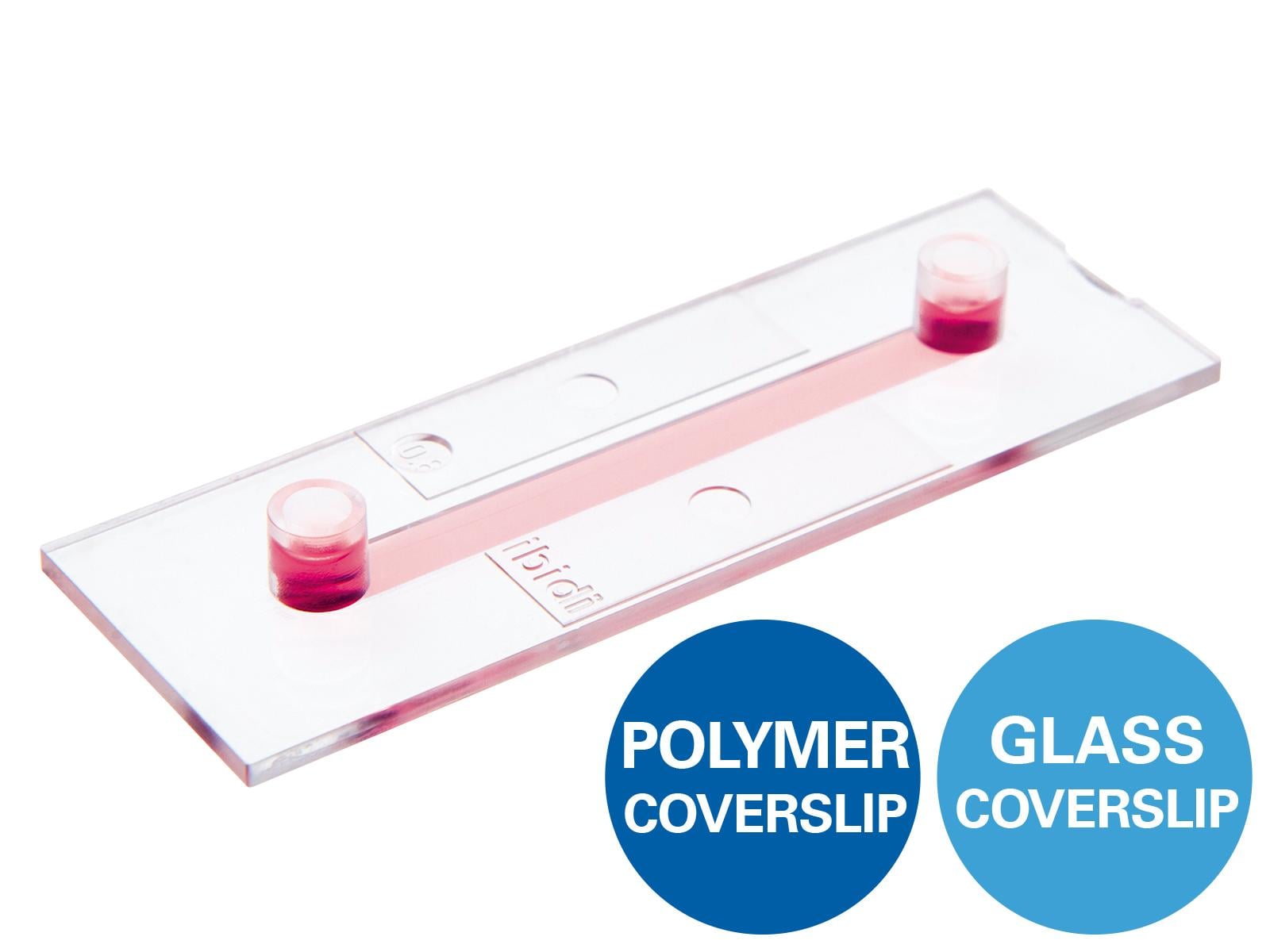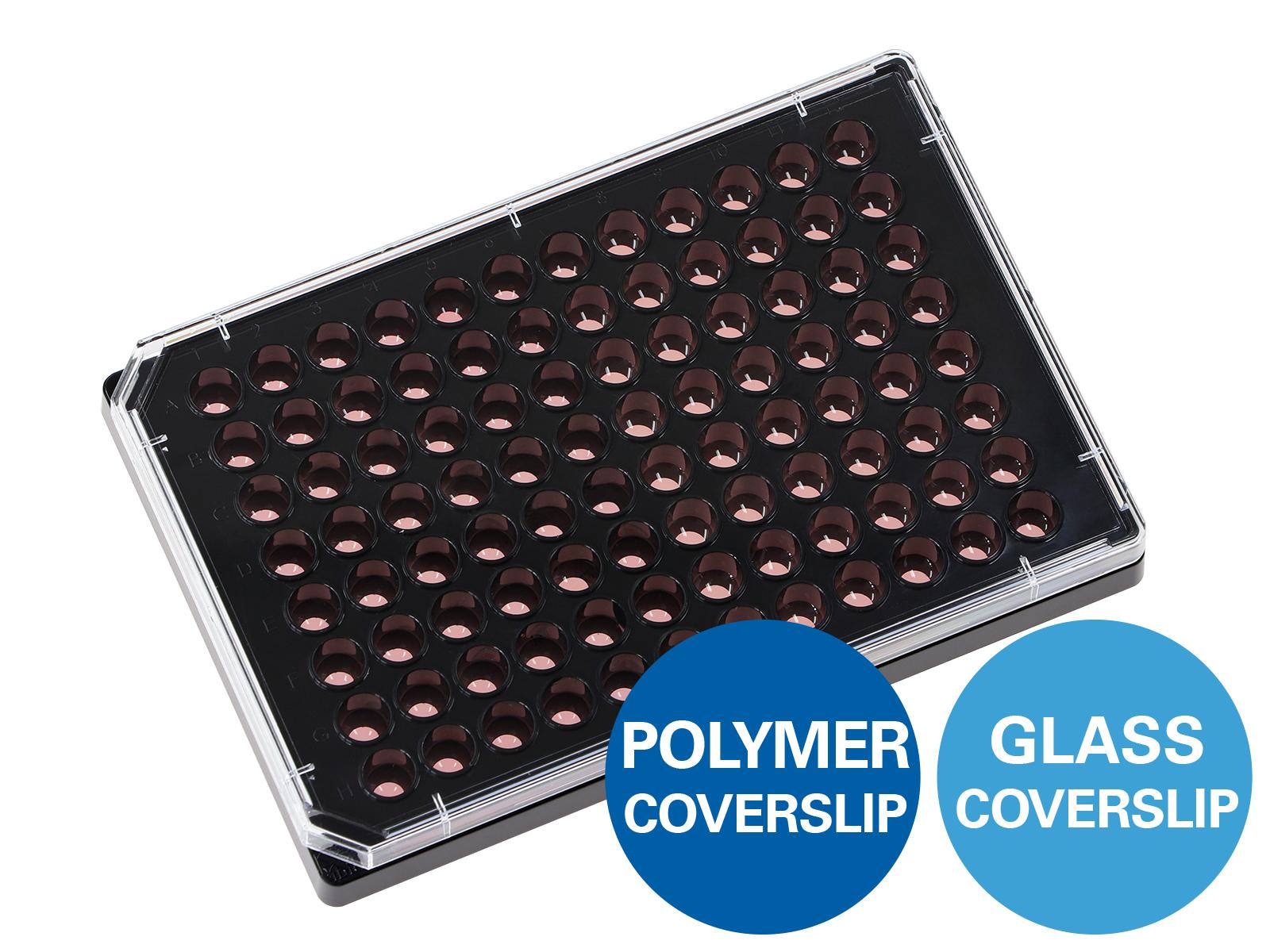Vessels of Life:
How Angiogenesis Shapes Health and Disease
ibidi Blog | September 30, 2024 | Abhishek Derle, ibidi GmbH
Introduction
Angiogenesis—the process of forming new blood vessels branching from pre-existing ones—is a fundamental biological mechanism crucial for various physiological functions, including tissue repair and growth. While essential for maintaining health, angiogenesis can also become problematic, contributing to the progression of diseases like cancer and cardiovascular disorders when it becomes dysregulated.
Understanding the role of angiogenesis in both normal and pathological contexts has been a focus of extensive research. This blog dives into a selection of studies that explore how angiogenesis impacts different biological systems. By examining these studies, we gain insights into how endothelial cells contribute to vessel formation and the consequences when this process is disrupted. These findings enhance our comprehension of vascular biology and guide potential strategies for therapeutic intervention—proving that even the smallest blood vessels can have big implications.
1. The Role of Angiogenesis in Coronary Artery Disease (CAD) Risk [1]
This study, published in 2022 in Cardiovascular Research by Zhu et al., explored the link between the ARHGEF26 gene locus and coronary artery disease (CAD), a condition closely associated with atherosclerosis. Angiogenesis, the formation of new blood vessels, plays a complex role in CAD by contributing to plaque instability and inflammation, which drive disease progression and increase the risk of thromboembolic events. ARHGEF26 has emerged as a significant player in this process, prompting researchers to investigate how DNA variants at this locus influence CAD through angiogenic signaling in endothelial cells (ECs).
The study found that ARHGEF26 enhances proangiogenic signaling in ECs and interacts with pathways involved in VEGF-dependent angiogenesis, making it a key factor in pathological blood vessel formation. Using both in vitro and in vivo approaches, the researchers demonstrated ARHGEF26’s role in angiogenesis. In vitro, knocking down ARHGEF26 in human aortic endothelial cells (HAECs) significantly impaired angiogenic capacity, as shown by wound healing, 3D fibrin gel angiogenesis, and a 2D capillary tube formation assay conducted with the µ-Plate 96 Well Square.
In vivo, ARHGEF26 was essential for VEGF-dependent vessel sprouting, and its deletion in ECs led to reduced atherosclerosis and improved plaque stability. This suggests ARHGEF26 plays a crucial role in mediating pathological angiogenesis within atherosclerotic plaques. The findings underscore ARHGEF26 as a potential therapeutic target for CAD, emphasizing the opportunity to regulate angiogenesis to stabilize or regress plaques independently of traditional lipid-lowering therapies.

2. Angiogenesis and Endothelial Remodeling in Tumor Metastasis [2]
This study explored how angiogenesis-related pathways influence endothelial remodeling during circulating tumor cell (CTC) extravasation, a crucial step in metastasis. Given the role of VEGFR signaling in angiogenesis, researchers hypothesized that flow-induced VEGFR activation also drives endothelial changes that facilitate tumor spread.
Transcriptomic analysis revealed that exposure to blood flow led to the upregulation of genes associated with angiogenesis, vascular development, and oxidative stress. When endothelial cells were subjected to shear stress, their focus shifted from cell division to migration and angiogenesis, crucial processes for vessel remodeling and tumor progression. This flow-induced shear stress initiated endothelial sprouting and migration, essential for both angiogenesis and metastasis.
The study used in vitro microfluidics and zebrafish models to demonstrate that VEGFR inhibition reduced endothelial remodeling, thereby limiting CTC escape into the surrounding tissue. By employing the μ-Slide I Luer to replicate physiological shear stress conditions, the researchers effectively showed how Sunitinib, a VEGFR inhibitor with anti-angiogenic properties, could block flow-induced endothelial changes crucial for tumor progression.
These findings, published in 2021 in Scientific Reports by Follain et al., underscore the therapeutic potential of targeting VEGFR-dependent pathways. By inhibiting both angiogenesis and endothelial remodeling, these pathways offer new strategies to prevent metastatic spread.

3. Angiogenesis in Retinal Development: The Role of Caspase-8 [3]
In a 2019 publication in The Journal of Clinical Investigation, Tisch et al. conducted a study on Caspase-8 (Casp-8) and its role in angiogenesis during retinal development. Angiogenesis is essential for normal tissue development and repair, as well as for pathological conditions such as retinopathy of prematurity (ROP). Proper vascular development in the retina is critical for maintaining vision and overall eye health.
The research reveals that Casp-8 is crucial for normal retinal angiogenesis. Endothelial cell-specific Casp-8 knockout (Casp-8ECKO) mice exhibited significantly reduced retinal angiogenesis, which was attributed to impaired endothelial cell (EC) proliferation, migration, and sprouting. These defects were associated with the hyperactivation of the p38 MAPK pathway and destabilization of VE-cadherin at EC junctions, indicating a crucial role of Casp-8 in maintaining endothelial cell function and stability, independent of its traditional roles in apoptosis or necroptosis.
The study further explored pathological angiogenesis using the oxygen-induced retinopathy (OIR) model, which closely mimics retinopathy of prematurity (ROP). In this model, Casp-8ECKO mice showed reduced pathological neovascularization, suggesting that Casp-8 plays a significant role in regulating excessive blood vessel growth. The findings propose that targeting Casp-8 might offer a promising strategy for controlling abnormal angiogenesis in retinal diseases.
For assessing angiogenic activity, the study utilized specialized in vitro assays, including those performed in µ-Slide 15 Well 3D chambers, to examine endothelial cell behavior and tube formation. These assays provided insights into how Casp-8 regulates angiogenesis. Overall, the study uncovers a new, non-apoptotic function of Casp-8 in endothelial cells and proposes potential therapeutic strategies for managing abnormal blood vessel formation in retinal diseases.

Learn more about the μ-Slide 15 Well 3D and the Experimental Workflow of a Tube Formation Assay.
4. Extracellular Vimentin's Role in Tumor Angiogenesis and Immunotherapy [4]
A recently published study in Nature Communications by van Beijnum et al., investigates the role of extracellular vimentin in tumor angiogenesis and its potential as a target for anti-angiogenic immunotherapy. The research reveals that tumor endothelial cells (ECs) not only overexpress but also secrete vimentin through unconventional mechanisms. This extracellular vimentin mimics vascular endothelial growth factor (VEGF) by activating VEGFR2, thereby promoting angiogenesis. It enhances endothelial cell migration, sprouting, and vessel formation while also contributing to immune evasion.
Extracellular vimentin exerts its effects by inhibiting leukocyte adhesion and increasing the expression of immune checkpoint molecules on the endothelial surface. These actions suppress immune responses, further facilitating tumor progression.
The study demonstrated that targeting extracellular vimentin could be highly effective in cancer treatment. In the preclinical models, monoclonal antibodies and vaccination strategies against vimentin showed significant inhibition of angiogenesis and tumor growth. Moreover, these therapies enhanced anti-tumor immunity by altering the immune cell composition within tumors.
To investigate vimentin’s role in angiogenesis, the researchers employed specialized assays, including endothelial cell spheroid sprouting and Matrigel tube formation assays, using the µ-Slide 8 Well high and the µ-Slide 15 Well 3D Glass Bottom to provide detailed insights into vimentin’s effects on endothelial cells. Overall, the study underscores extracellular vimentin as a crucial player in both tumor angiogenesis and immune suppression, highlighting its potential as a novel therapeutic target for improving cancer treatment strategies.

Conclusion:
The diverse studies presented here underscore the central role of angiogenesis in both health and disease, revealing its critical influence on processes ranging from cardiovascular function or retinal development to dysfunction like cancer progression. By exploring the molecular mechanisms that regulate angiogenesis, such as the roles of ARHGEF26, VEGFR signaling, Caspase-8, and extracellular vimentin, these studies open new avenues for targeted therapeutic interventions. Whether through preventing abnormal vessel growth in coronary microvascular disease, inhibiting metastasis in cancer, or managing retinal disorders, advancing our understanding of angiogenesis holds great promise for developing more precise and effective treatments. Continued research in this field is essential for translating these findings into clinical strategies to tackle medical challenges.
For more detailed information on how to perform your own angiogenesis assay and analyze the results, visit the ibidi Angiogenesis Application Site.
References
Zhu, Q.M., et al., Endothelial ARHGEF26 is an angiogenic factor promoting VEGF signalling. Cardiovasc Res, 2022. 118(13): p. 2833-2846.
Read article
Follain, G., et al., Impairing flow-mediated endothelial remodeling reduces extravasation of tumor cells. Sci Rep, 2021. 11(1): p. 13144.
Read article
Tisch, N., et al., Caspase-8 modulates physiological and pathological angiogenesis during retina development. J Clin Invest, 2019. 129(12): p. 5092-5107.
Read article
van Beijnum, J.R., et al., Extracellular vimentin mimics VEGF and is a target for anti-angiogenic immunotherapy. Nature Communications, 2022. 13(1): p. 2842.
Read article
 (2)
(2)  (0)
(0)



